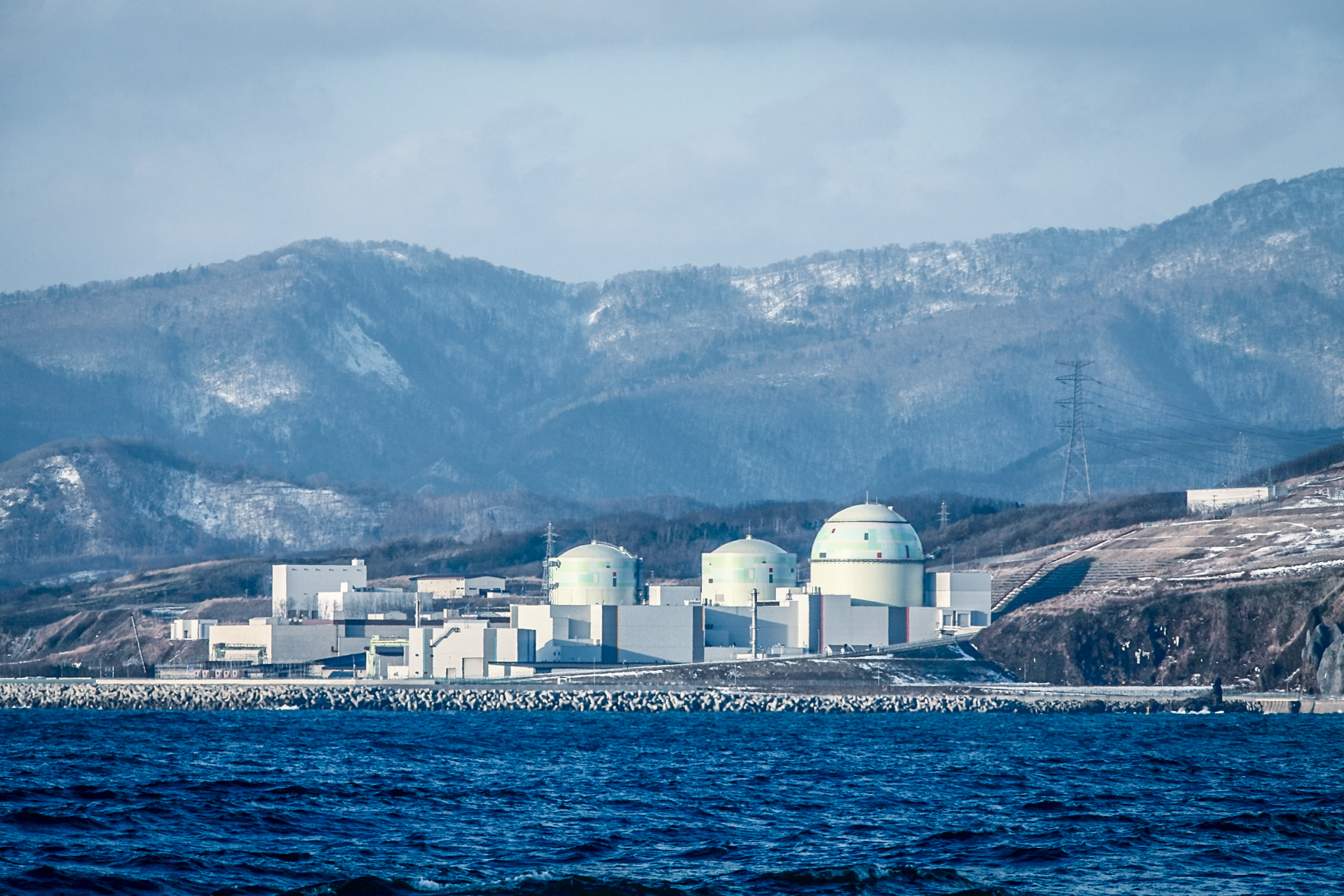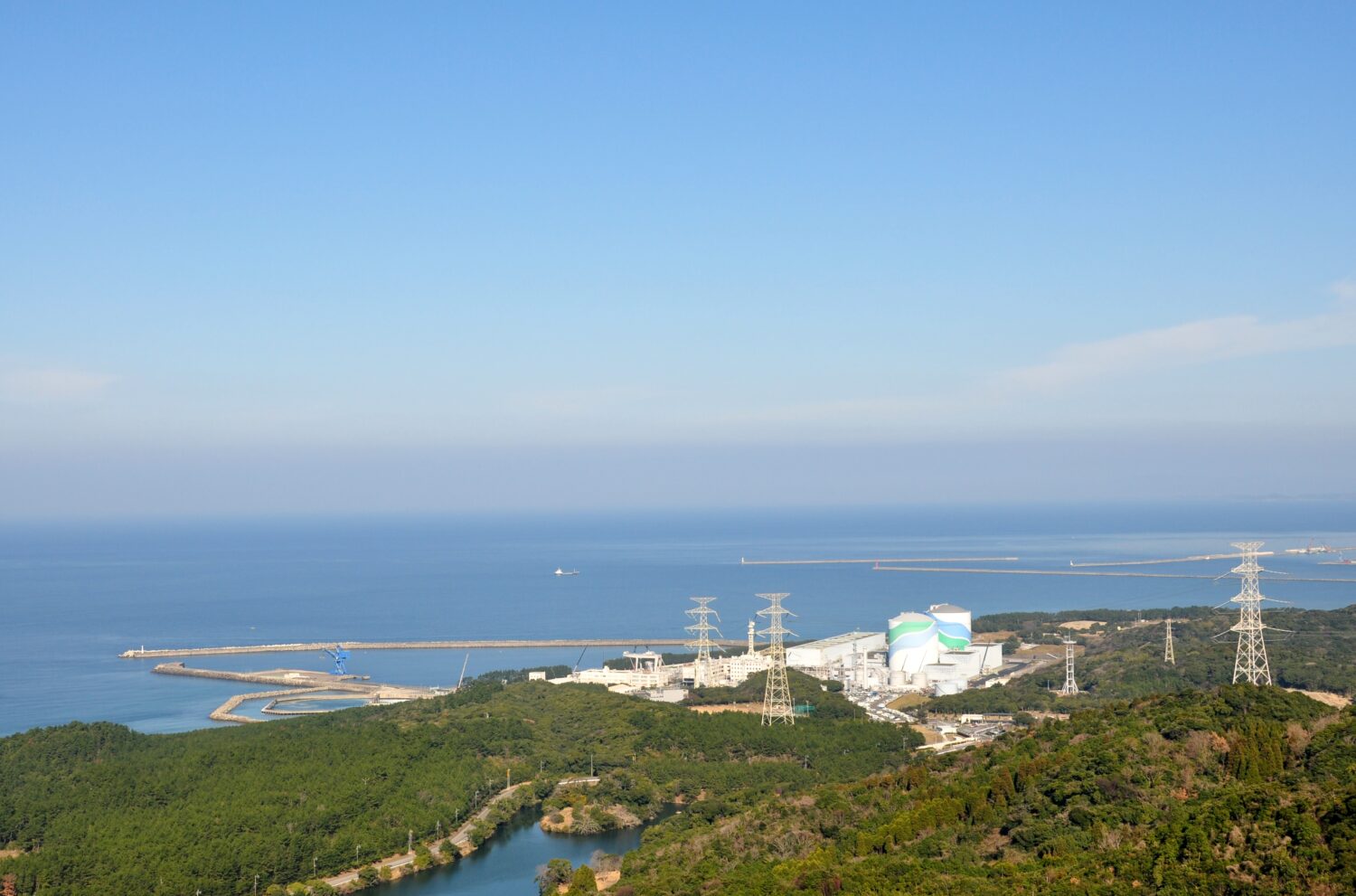Ever since March 2011, when Fukushima Daiichi was hit by a tsunami, the trench has remained filled with highly radioactive water. To prevent the trench water from flowing into the surrounding soil and sea, TEPCO has been planning to remove it while cutting off the trench from the building, and filling the trench with mortar.
The removal of the contaminated water is a precondition for creating a frozen-soil shielding wall, the work on which is set to begin in March 2015. In April 2014, TEPCO started freezing the contaminated water in the junction area between the turbine building and the trench. More than 90% of that water was confirmed to have been properly frozen, while 10% was not. Starting in October 2014, then, the power company implemented additional measures, such as injecting filler materials. That work ended recently, on November 6.
On November 21, TEPCO announced that it was entering the next phase of its efforts to stop the water completely. While it removes the contaminated water from the trench, TEPCO will inject filler materials — congealable in water — to seal the inside of the trench. During the work, holes will be made in each vertical shaft for special mortar to be injected into the trench. The mortar will remain liquid for at least 12 hours in the trench, allowing it to reach and eventually block all openings.


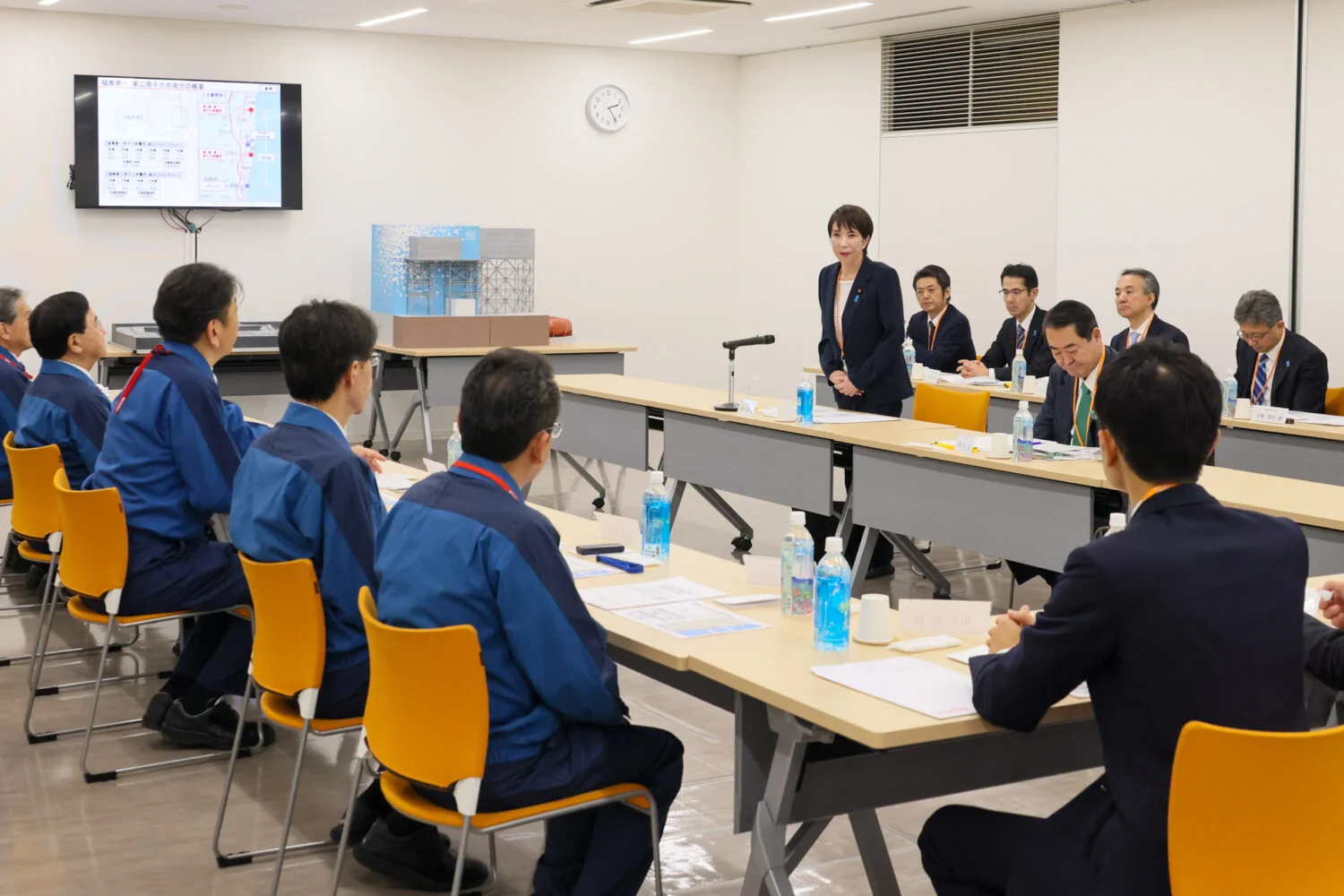


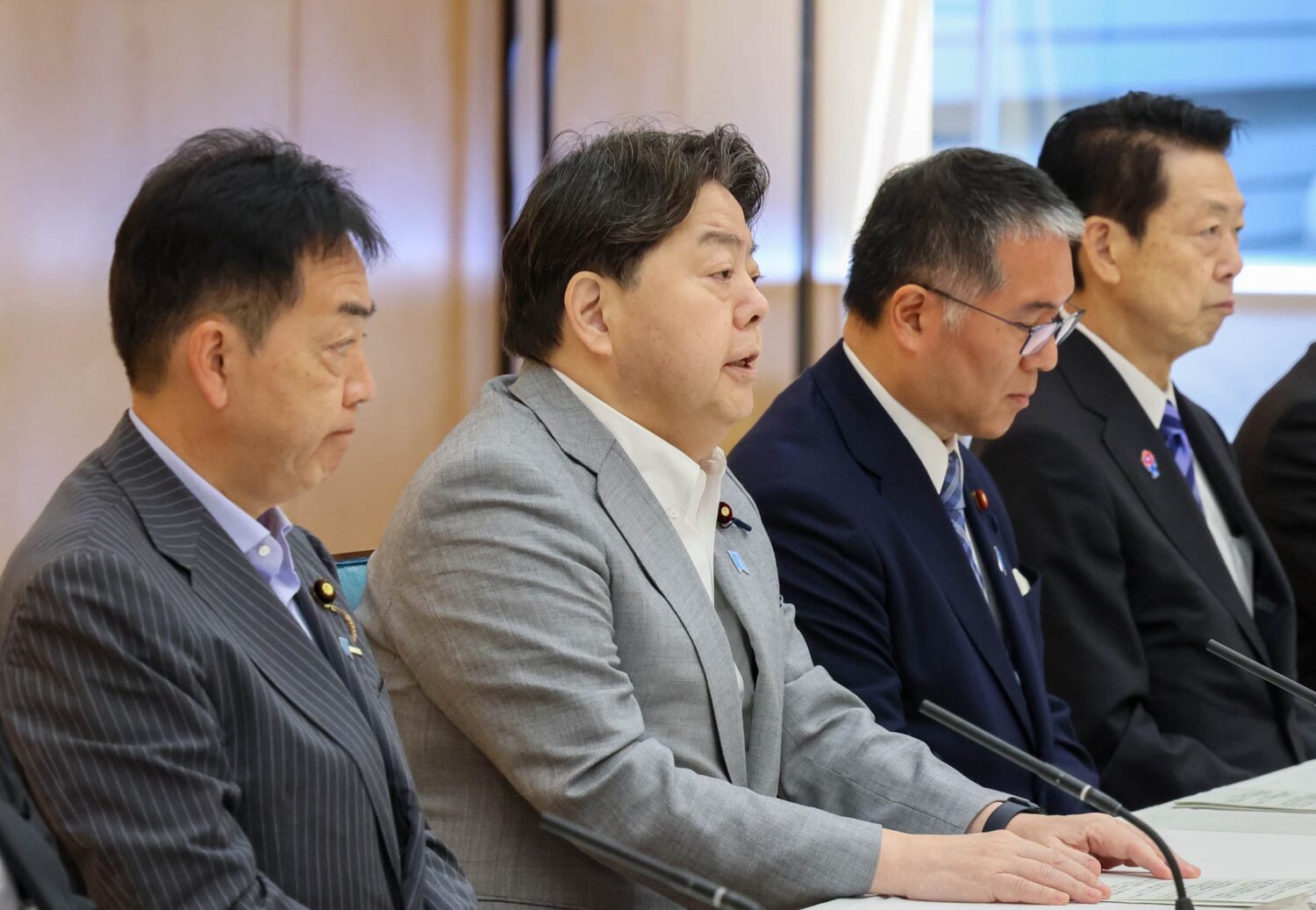
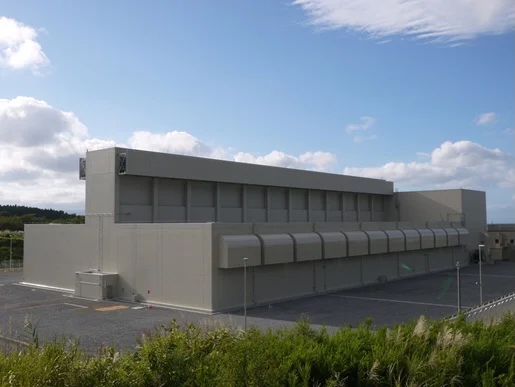
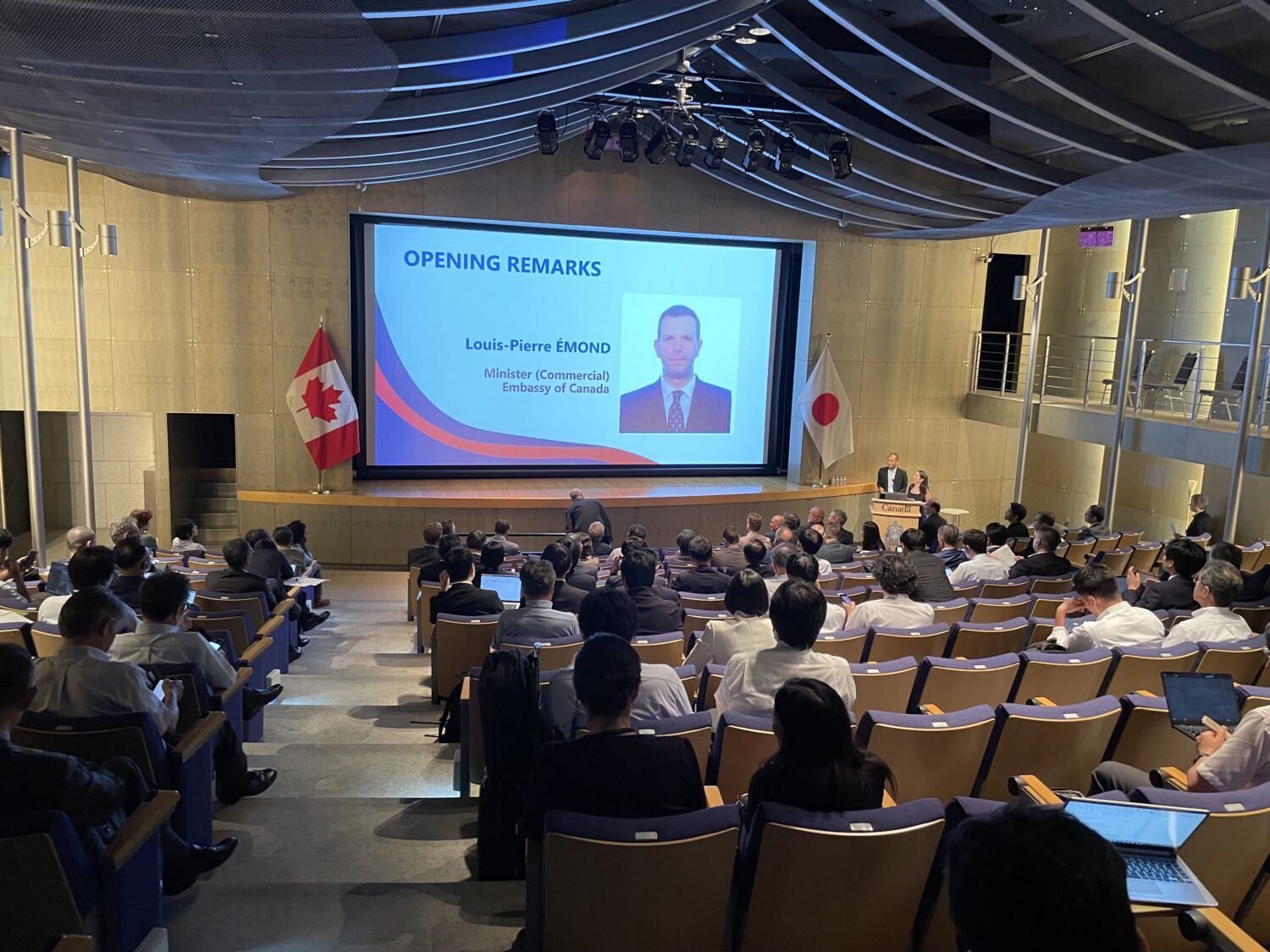
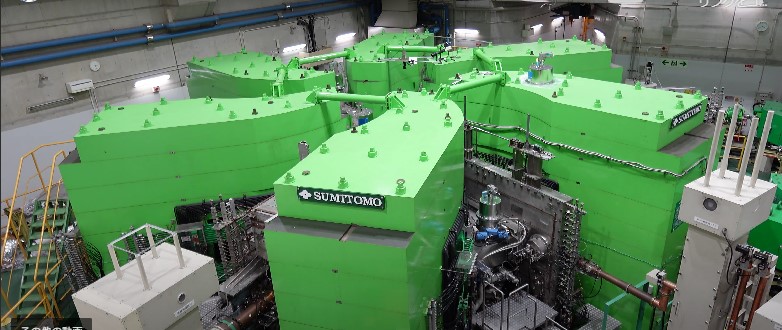



-013.jpg)
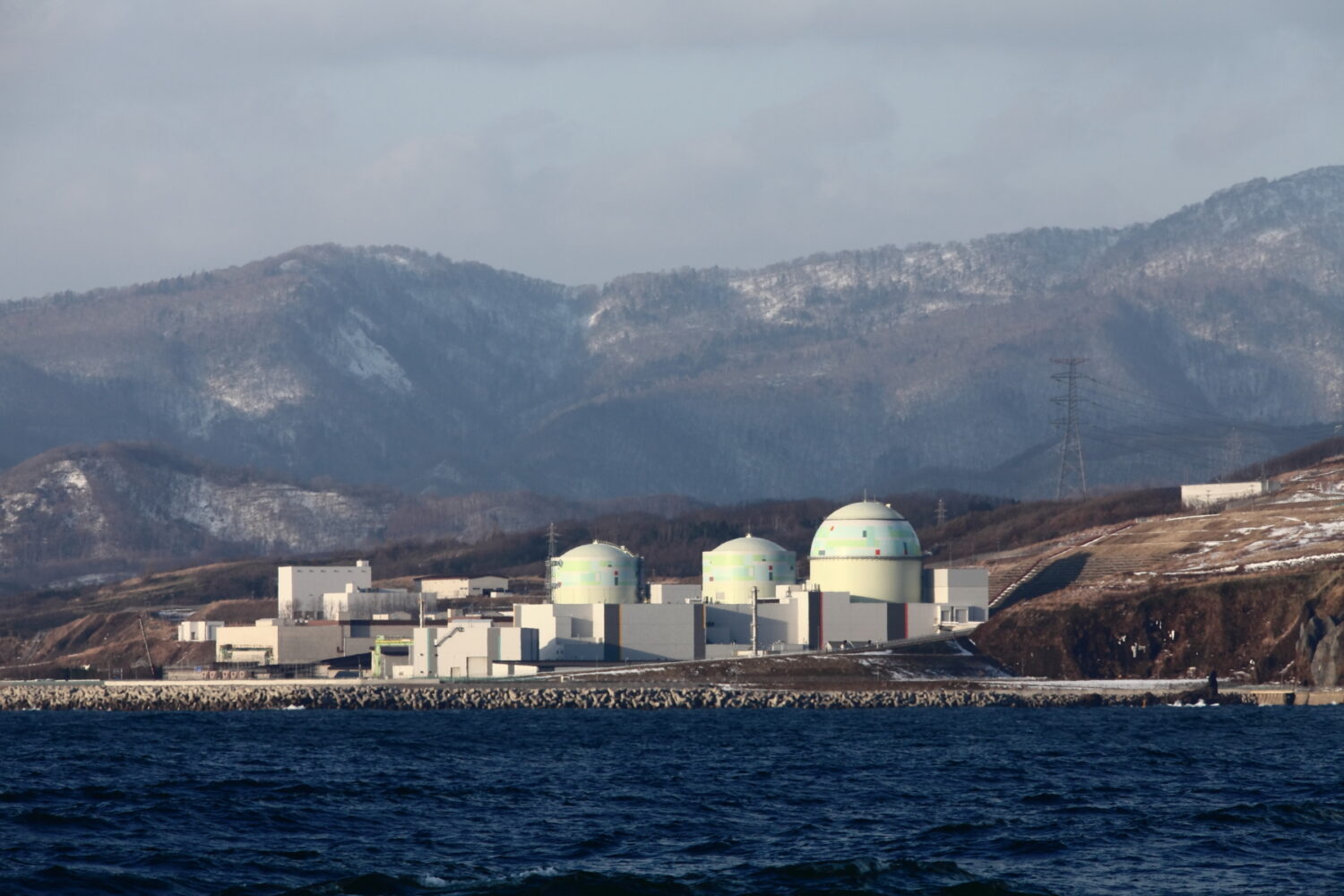
-049.jpg)
.jpg)

